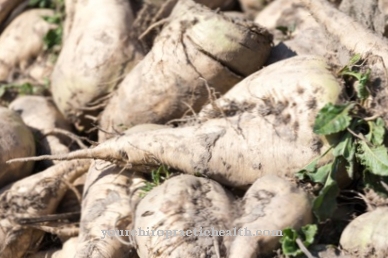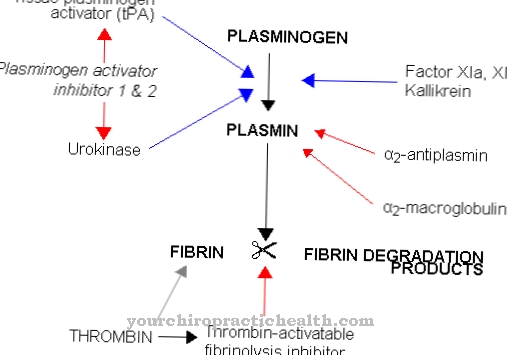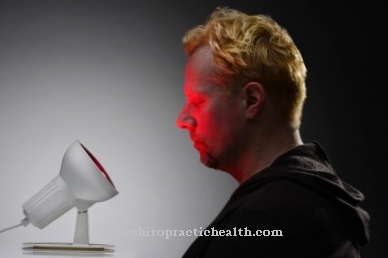Silica is one of the essential trace elements and occurs in all organs with a proportion of connective tissue. Nevertheless, the term silica should rather be viewed as an imprecise term for sediments and minerals with a high silicon content.
How silica works

The body needs Silica for sufficient collagen formation. With the help of this protein substance, bones and cartilage, tendons and connective tissue are formed and stabilized.
Silica is also present in blood, glands, muscles and elastic skins and plays a key role in building and maintaining hair, nails and teeth. In addition, silica ensures the elasticity of the tissue and increases its resistance.
Silica is also of crucial importance for the development of bone tissue, because it promotes the absorption and utilization of calcium from food and thus improves bone growth.
Since silica binds toxins, it accelerates the maturation of abscesses, boils and fistulas and has a driving effect when foreign bodies have entered.
A sufficient supply of silica improves the conductivity of the nerves so that nerve signals can be transmitted correctly. Brittle hair and nails, nervousness, restless sleep, the formation of eczema, delayed wound healing, shivering and increased susceptibility to colds can be signs of a lack of silica.
Importance for health & sport
Silica is said to have been used in ancient Egypt and is one of the oldest known remedies. Silica can be used internally and externally to treat a whole range of ailments. In the case of burn injuries, poorly healing or infected wounds, it binds exuding wound secretion.
Silica causes an increased activation of the lymphatic system and spleen, stimulates the production of immune cells and accelerates the healing process. Scar growth and hardening are smoothed by silica and fine, sensitive skin is strengthened.
Age-related slackening of the connective tissue, stretch marks and premature wrinkling can be combated with silica. It is used to prevent osteoporosis after experiments have shown that regular intake of silica can measurably increase bone density and generally have a positive effect on bone health.
Silica can also be helpful with developmental disorders of the teeth or bones in children. Since arterial walls contain a high proportion of silicon, silica is also said to be an effective protection against arteriosclerosis. A cholesterol-lowering effect was documented in animal experiments. Silica is also recommended for increased itching, diffuse hair loss, splintering nails and disorders of hair growth.
Athletes can also benefit from the effects of silica. The increased elasticity and stability of tissues, ligaments, muscles and tendons makes them less prone to sports injuries such as ligament strains, ankle strains and sprains. The intake of silica is also said to prevent muscle soreness.
Occurrence in food
The need for Silica is 5 to 10 grams per day and can usually be covered by a normal and balanced diet. Different amounts of silica are found in almost all foods.
The proportion is particularly high in foods rich in fiber such as potatoes, millet, oats, root and green vegetables and bamboo shoots. Beer also contains a lot of silica.
In animal foods such as meat, the silica content is slightly lower, but it may be better absorbed and used by the body.
Silica is only sufficiently available for the organism if the food used is natural. Industrially processed food contains significantly less silica than whole foods.
The amount of silica in grain and vegetables can vary from region to region and depends on the area under cultivation. The silica offered as a dietary supplement is obtained from purified diatoms.


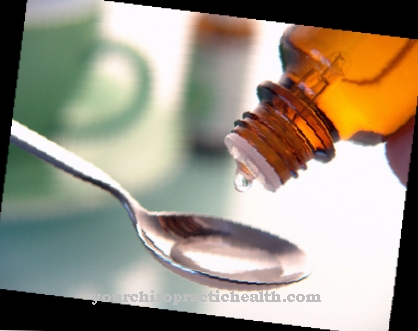


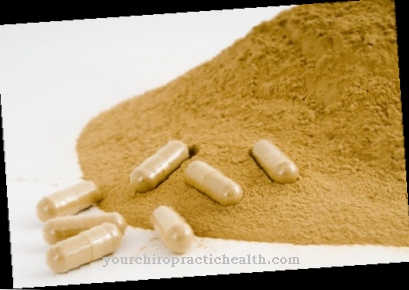
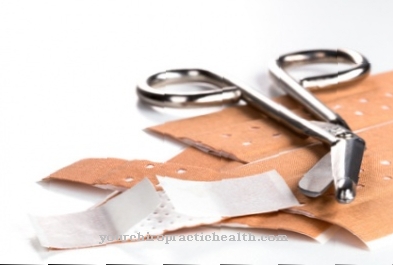

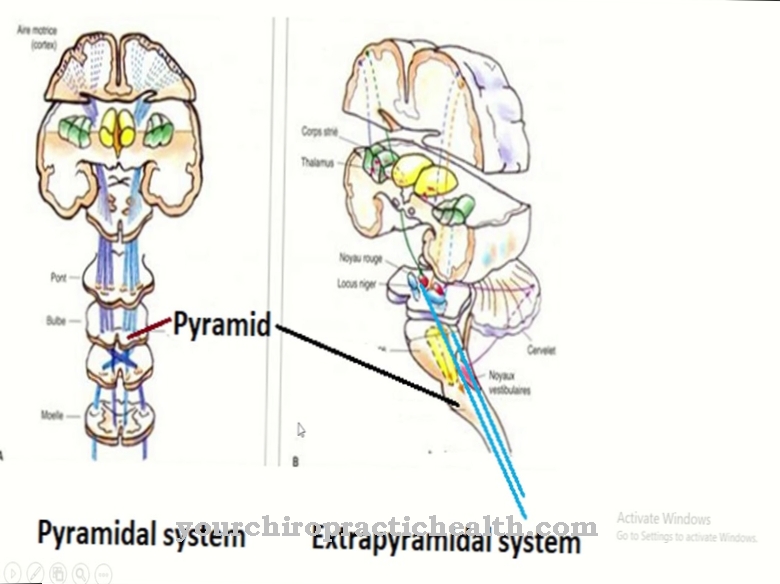
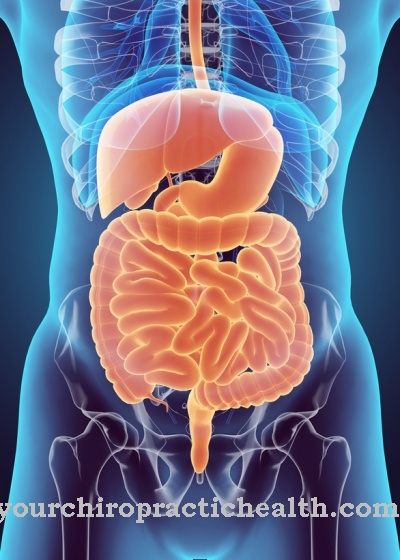
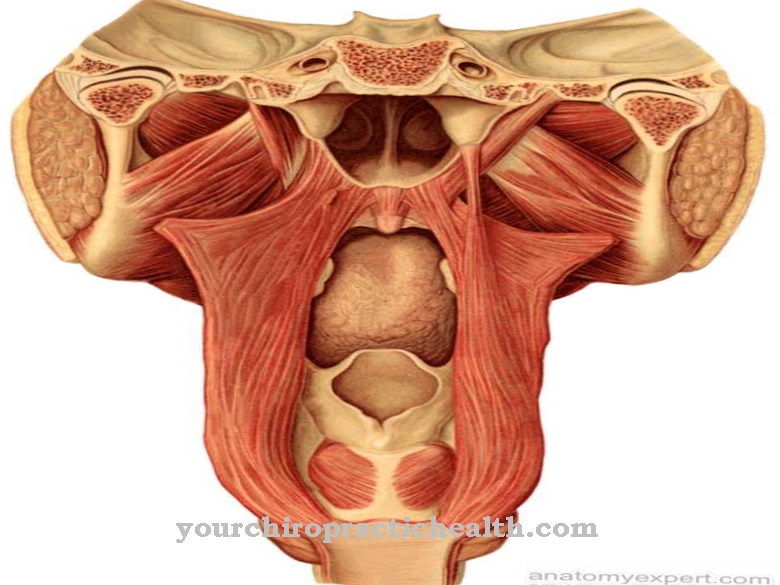
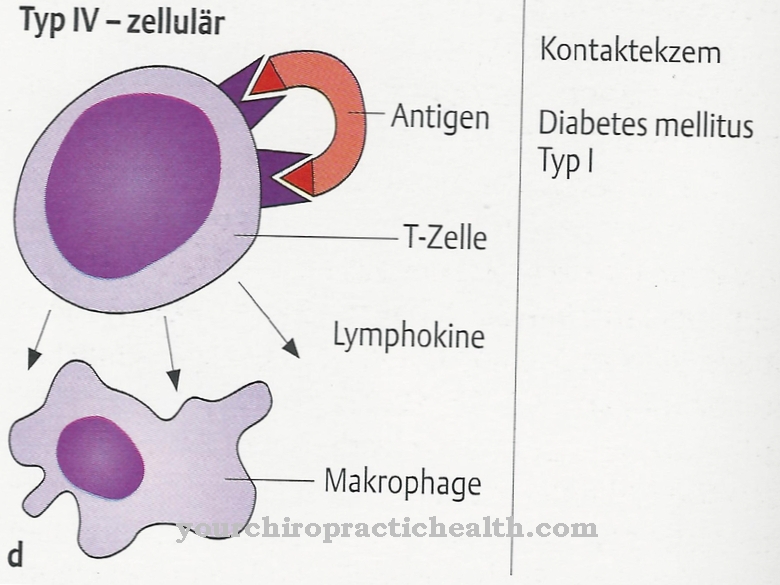

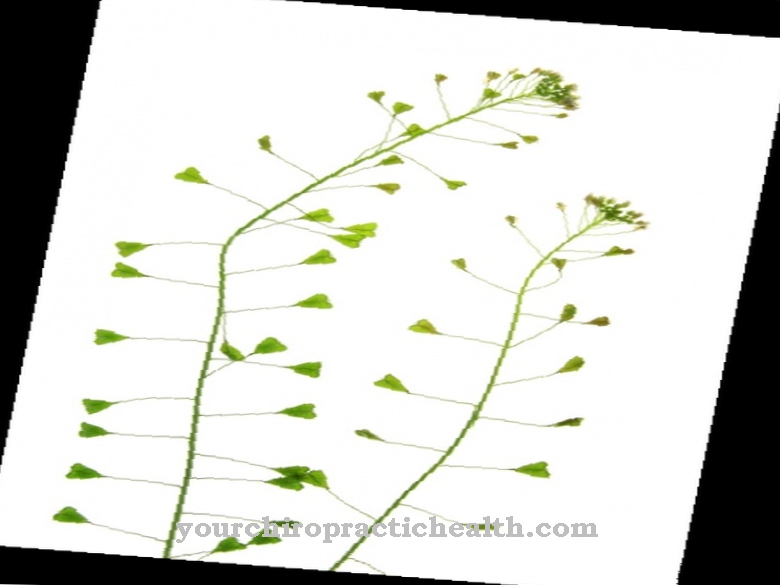


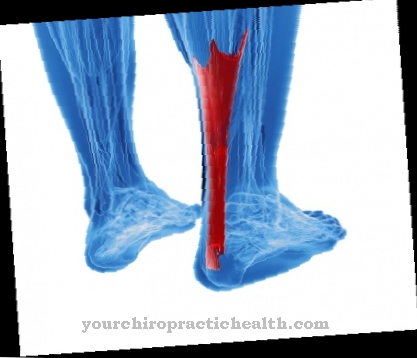

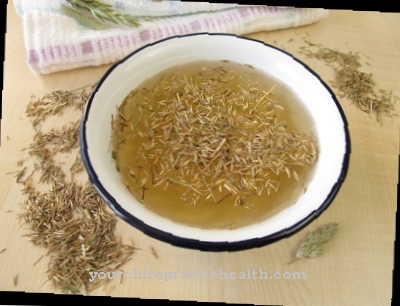



.jpg)
